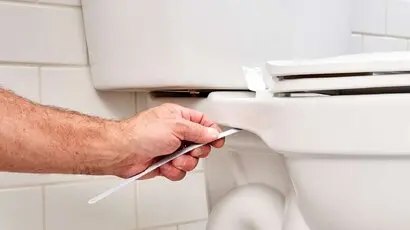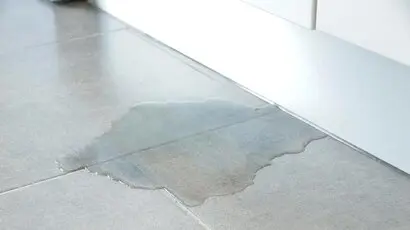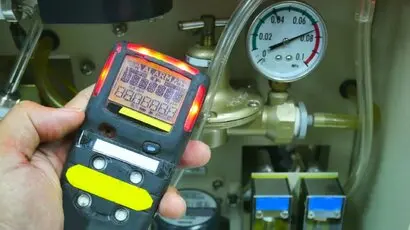How To Test For A Gas Leak
Wondering how to detect and keep yourself safe from a gas leak? Our guide will tell you the 10 best ways to check if you have a gas leak in your home.
Recently, gas leaks have increasingly been a common cause of accidents in home kitchens. They can lead to significant property damage, which may end up costing you a small fortune in repairs.
However, you can cut down on hefty repair bills and potential injuries by promptly identifying gas leaks. Also, be sure to steer clear of any ignition sources while you inspect, as they might lead to dangerous accidents or injuries.
Keeping this in mind, we have developed this guide to help you identify natural gas leaks and prevent accidents. So without any further ado, let’s proceed to the next section.
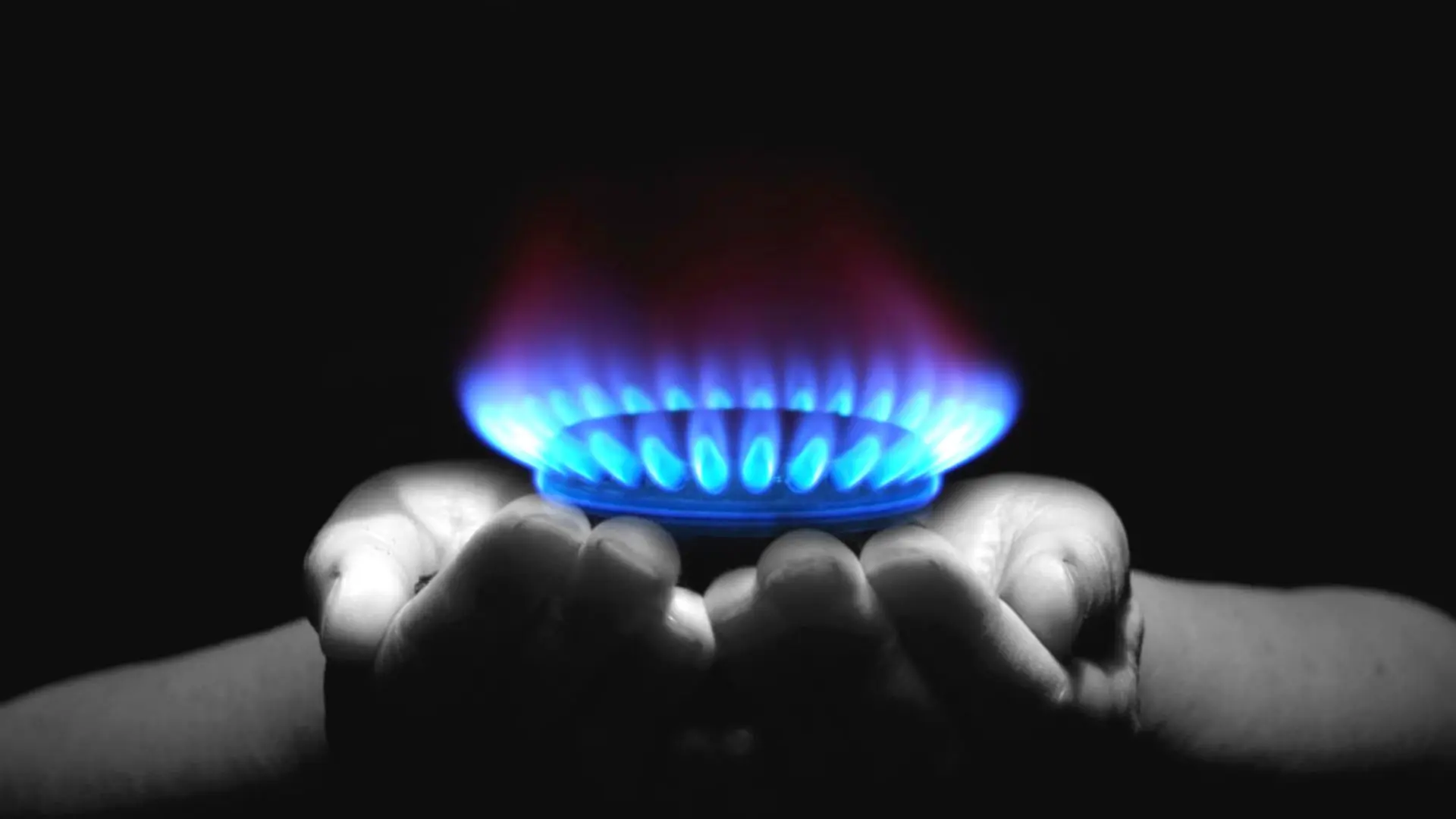
Underground pipes run through the basements of many houses to supply gas. Since most of these pipes are underground, they are typically not visible. However, careful observation allows you to identify gas leaks on time quickly.
Gas pipes usually pass under trees and plants. So, if you notice any wilting or trees dying unnaturally, there is a high chance of leakage from one of the underground gas pipes. The same applies to indoor plants if they are near the kitchen.
One of the serious risks of gas leaks is carbon monoxide poisoning, which is dangerous for your health. Typical symptoms include chest pain, dizziness, nausea, trouble breathing, fatigue, drowsiness, and flu-like signs.
If you notice these signs, open a window and seek immediate help. Find a room where you can breathe fresh air to prevent further exposure.
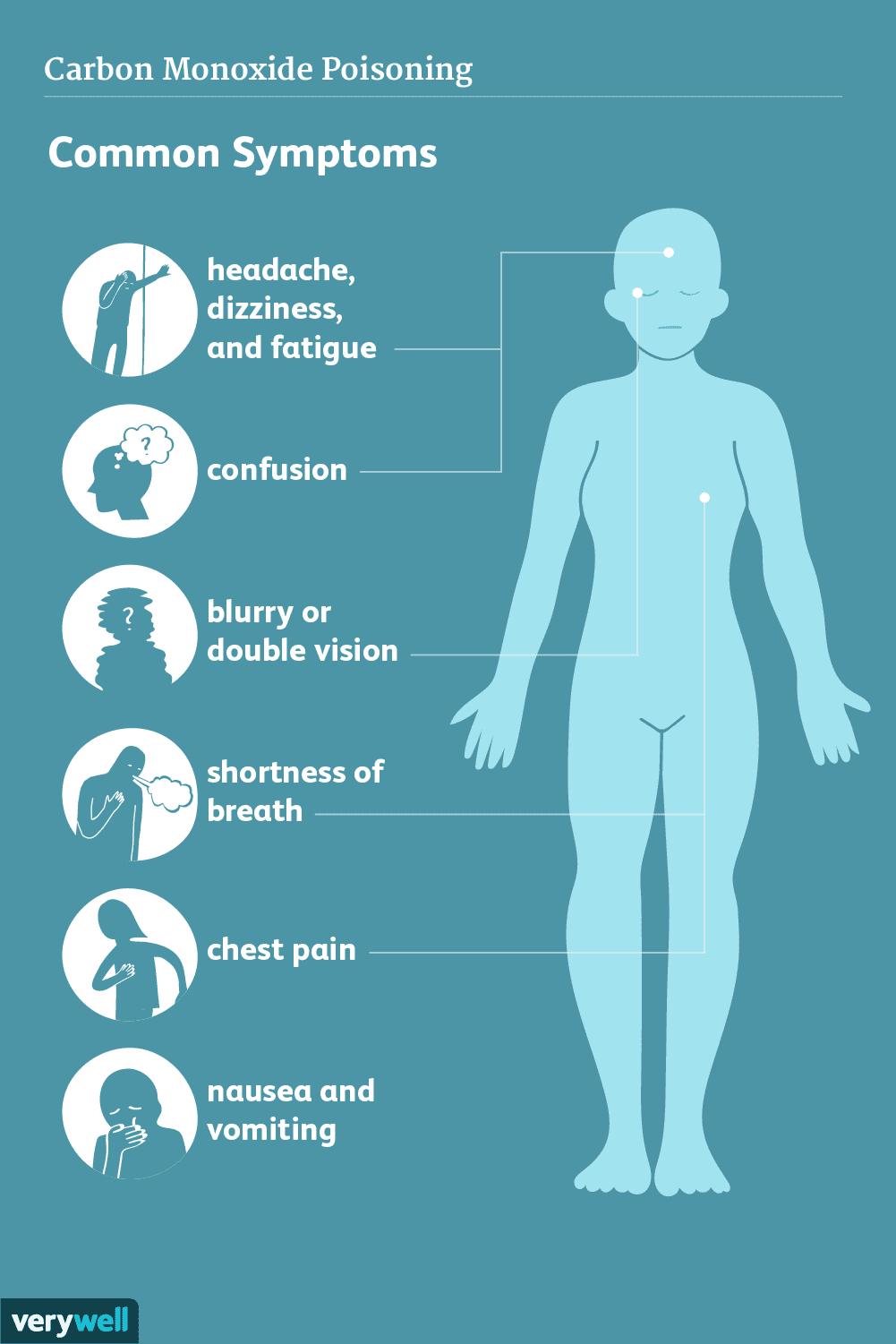
Gas suppliers often add a scent, like ethyl mercaptan, to help detect leaks. This odorant typically smells like rotten eggs or cabbage. If you pick up this strong odour near your gas lines, contact a professional right away and evacuate your home.
While gas is naturally colourless, it can create white clouds or mist in confined spaces over time. You might also see dust hovering. These are signs of a gas leak, and you should act immediately.
When gas leaks from a pipe, it releases a hissing noise that is very distinctive and easy to detect gas leaks. If you hear it, check all the rooms and search where the noise is the loudest. Once you spot the leaking gas appliance, you can apply soapy water to detect the exact location of the gas leak since bubbles will fizz near the leak.
Modern houses have sensors and devices capable of instantly detecting gas leaks. These devices can detect both LPG and natural gas without any hassle. Additionally, you can sync the devices with your phone to get timely updates whenever the device detects a leak.
Also, these devices are incredibly convenient since they are lightweight and easy to install.
Once again, you will need to rely on your eyes since this test requires your utmost concentration. In general, the flame should have a blue colouration. However, if you notice the flames have a yellow or red colouration, there is a high chance of a gas leak. The flames will react the same way if carbon monoxide is present in the room.
Natural gas leak detectors are the surest way to identify a natural gas leak. Carbon monoxide detectors are also useful. While these detectors are not specifically designed for gas leaks, they alert you to elevated carbon monoxide levels that could result from gas leaks or air quality issues before you risk exposure.
Every gas appliance is designed to consume a certain amount of gas, making it easy to calculate the amount of gas you have consumed in a month or year. On that note, a sudden rise in the gas bill is a clear indicator that excess gas is being used by one of the gas appliances or there is a possible gas leak.
Some gases don’t have any odour or colour, so detecting them with our noses and eyes becomes troublesome. Hence, gas bills are an effective way to identify a potential gas leak.
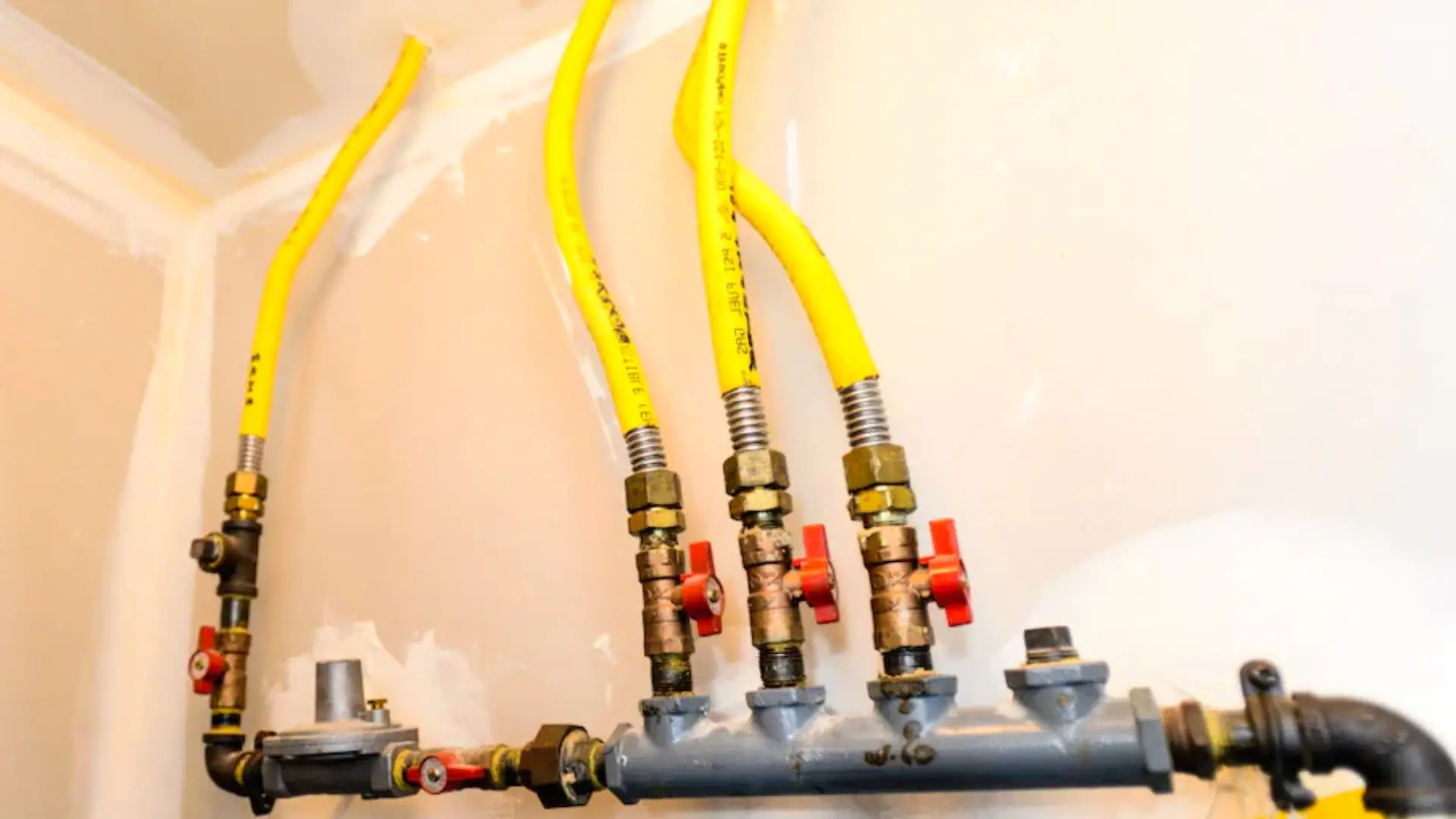
Whenever a gas leak occurs in a location, the area shows signs of soot or scorching, especially if an appliance is turned on. In this situation, you should immediately turn off the device and head somewhere safe.
Most modern appliances don’t use pilot lights. However, some devices might still use the old technology, which can come in handy. Pilot lights instantly go off the moment it senses a gas leak.
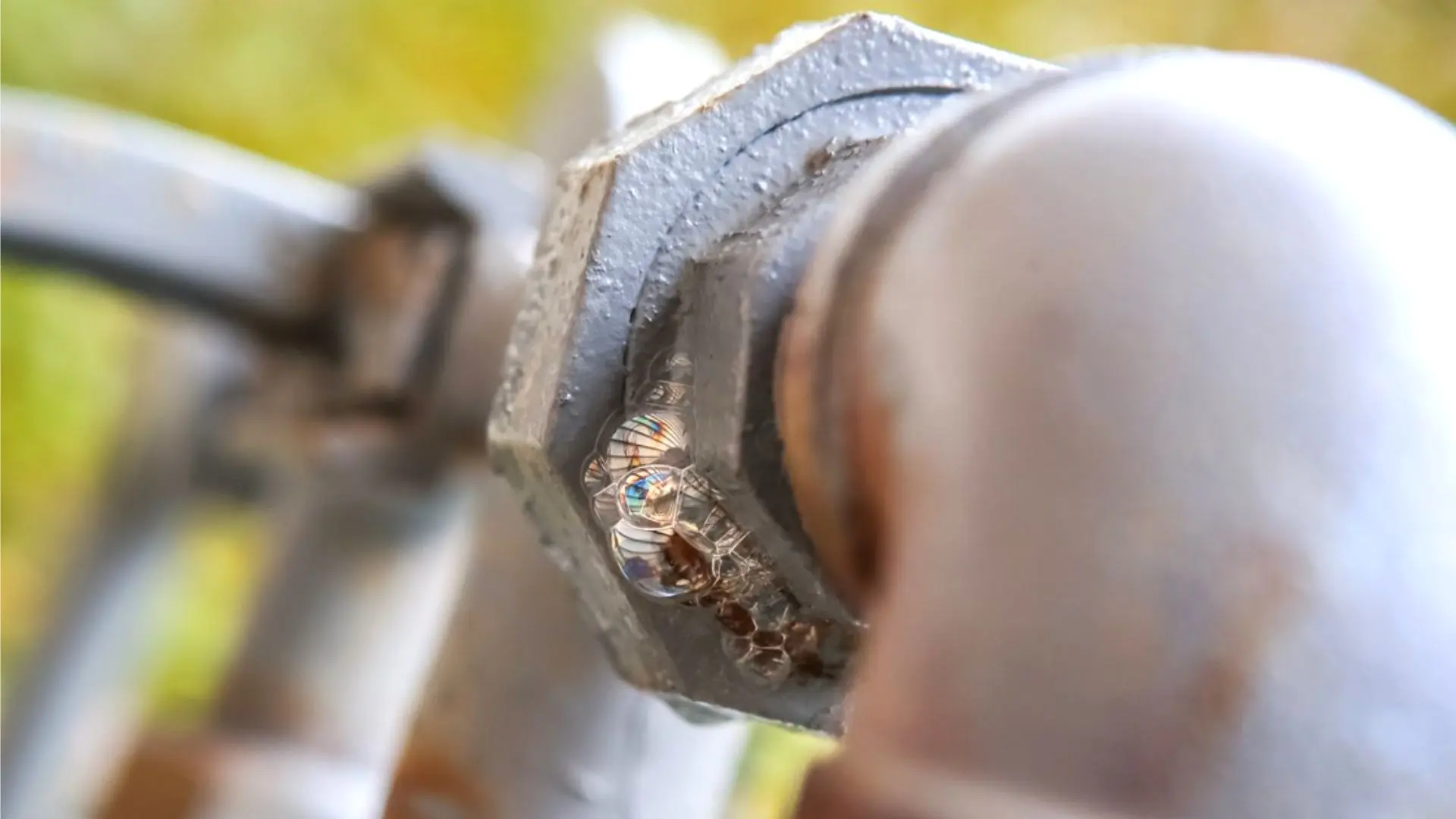
Checking for leaks in your gas lines or fittings using soapy water is one of the easiest and best ways. You can make the solution by mixing dish detergent with water. The solution can either be applied with a sponge or a spray bottle.
Be sure to apply the solution to the entire hose or gas line. If you notice any bubbles forming, that is where you will find the leak.
With that, we have ended our informative guide on gas leaks, and we genuinely hope that you were able to learn from the article. As responsible human beings, we should always take the necessary precautions before an accident; gas leaks are no exception.
Therefore, you must contact your local gas suppliers when you detect leaks. And if you need an experienced Melbourne plumber, contact our team at WP Plumbing. We offer 24/7 emergency gas services and can resolve your gas leaks quickly and efficiently.
Stay safe, and see you next time.
Need to know how to install a toilet seat? This comprehensive guide will provide you with easy to follow steps to install a DIY for your new toilet seat at home.
Can you hear a constant dripping noise but don’t know where it’s coming from? Read our guide as we bring you the tips and tricks for detecting a water leak.
Not sure whether there’s a gas leak or you’re overthinking? The most important thing you should know is how to detect gas leaks quickly and what to do if one occurs.
